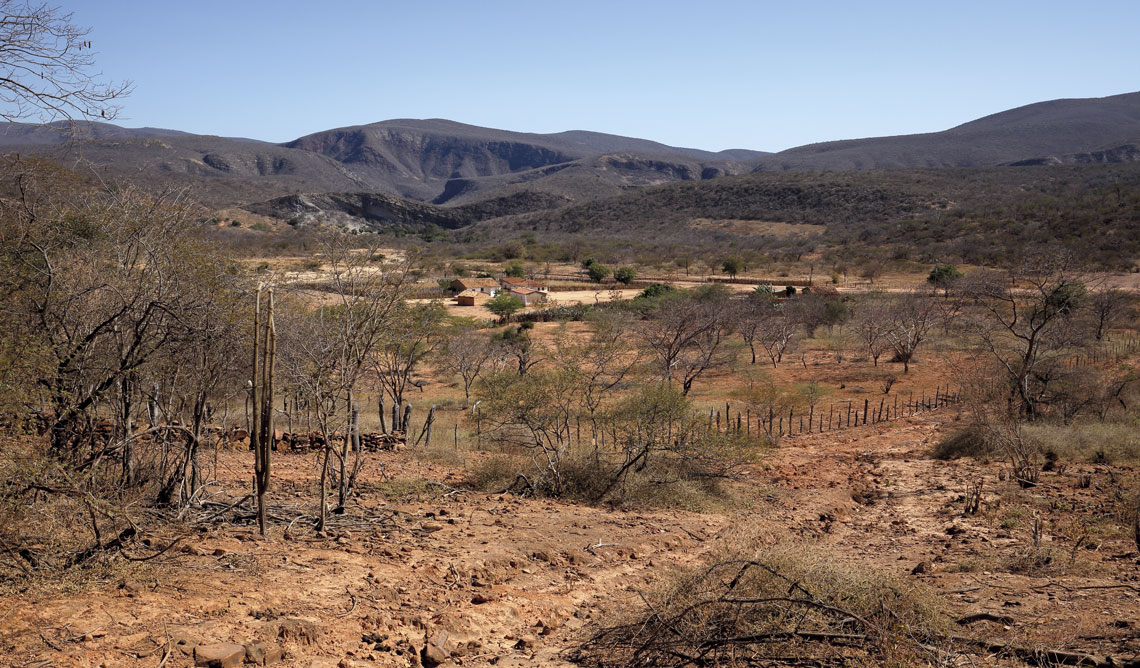Formed millions of years ago, the Caatinga (semiarid scrublands) was initially occupied by dense vegetation like the Amazon and the Atlantic Forest, dominated by plant species resistant to long periods of drought. The ones we see today were likely established at least 5,000 years ago. Researchers from Minas Gerais, Paraíba, Pernambuco, and São Paulo reconstructed the most recent history of the biome by examining pollen from depths of up to 1.7 meters at the bottom of a temporary lake in São João do Cariri, Paraíba. Native species that are adapted to the semiarid climate, such as trees of the genera Licania and Apterokarpos, were found in layers of sediment aged between 4,900 and 2,200 years. “When the last glaciation ended around 12,000 years ago, the climate became less humid in northeastern Brazil, but it was later, roughly 5,000 years ago, that the Caatinga began to take on the form we now know,” says José João Lelis Leal de Souza, a geographer from the Federal University of Viçosa (UFV) and one of the authors of the study. Charcoal microparticles indicate localized fires and human occupation in the region. Around 2,100 years ago, the concentration of pollen from aquatic herbs and algae suggests oscillations between wetter and drier climates associated with the El Niño and La Niña phenomena. Then, roughly 1,600 years ago, the climate stabilized, with long periods of drought and occasional heavy rains (Frontiers in Ecology and Evolution, February 2022; Mercator, July 2023).
RepublishEnvironment
Pollen reveals the history of the Caatinga

The current landscape of the Caatinga biome in northeastern Brazil was established at least 5,000 years ago
Heckepics / Getty Images

